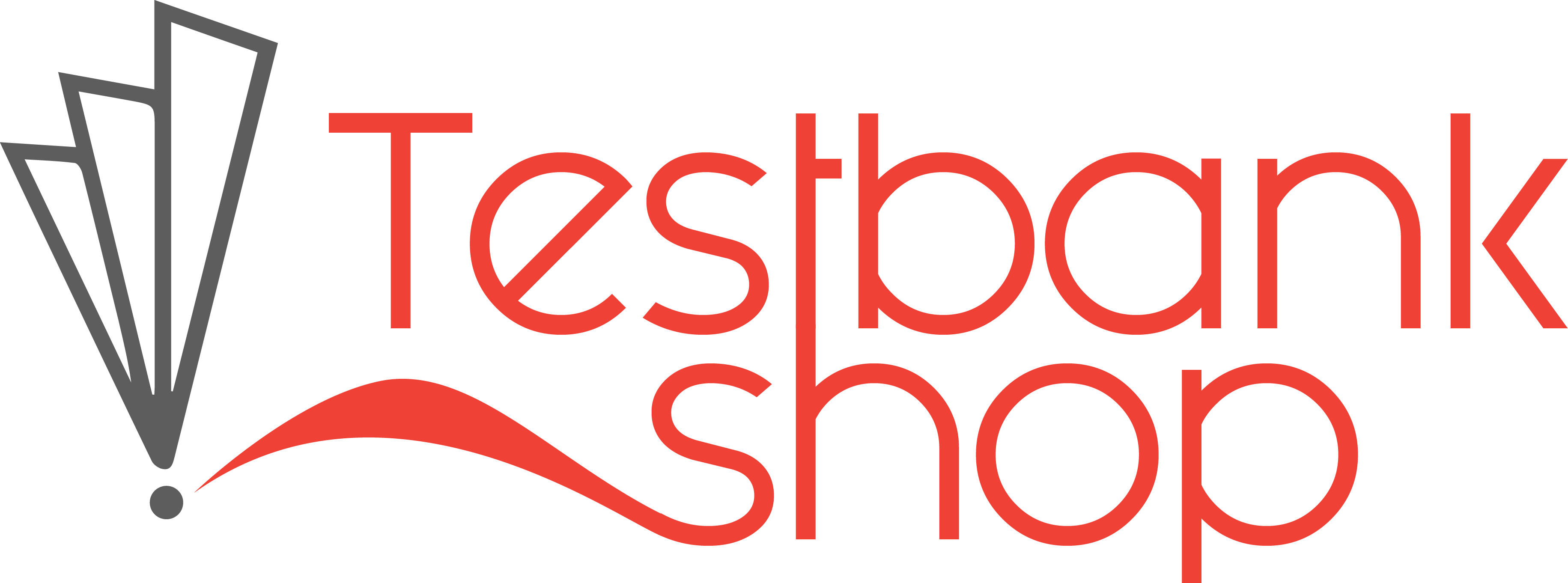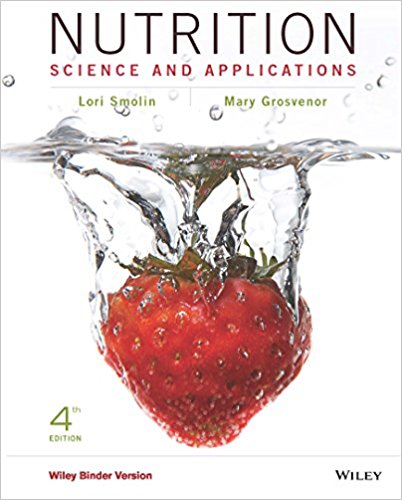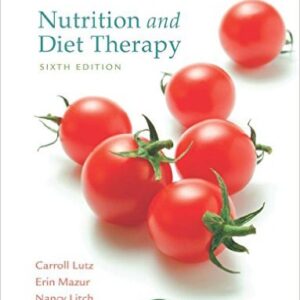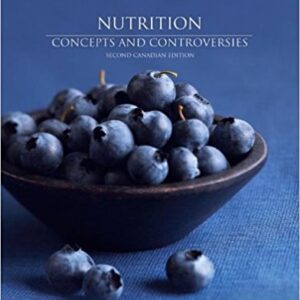Nutrition Science And Applications Binder Ready Version 4th Edition – Test Bank
Package Title: Test Bank
Course Title: Smolin3e
Chapter Number: 4
Question Type: Multiple Choice
1) Which of the following sequences represents a monosaccharide followed by a disaccharide followed by a polysaccharide?
a) fructose, sucrose, starch
b) lactose, glucose, dietary fiber
c) glucose, maltose, lactose
d) galactose, glycogen, starch
Answer: a
Difficulty: Easy
Learning Objective: LO 4.2 Discuss the structures and sources of simple and complex carbohydrates and soluble and insoluble fiber.
Section Reference: Section 4.2 Types of Carbohydrates
2) Carbohydrate loading, a training technique used by some endurance athletes, can help to increase _____________ stores.
a) glycogen
b) amylose
c) sucrose
d) lactase
Answer: a
Difficulty: Easy
Learning Objective: LO 4.2 Discuss the structures and sources of simple and complex carbohydrates and soluble and insoluble fiber.
Section Reference: Section 4.2 Types of Carbohydrates
3) Which of the following statements about Type 1 diabetes is correct?
a) This type of disease occurs when cells are no longer sensitive to insulin.
b) Obesity is a major risk factor for developing this disease.
c) The immune system destroys the pancreatic cells that produce insulin.
d) Type 1 is the most common type of diabetes.
Answer: c
Difficulty: Medium
Learning Objective: LO 4.5 Discuss how carbohydrate intake plays a role in health and disease.
Section Reference: Section 4.5 Carbohydrates and Health
4) Dietary fiber is categorized by:
a) its solubility in water.
b) its molecular weight.
c) the ratio of carbon to hydrogen molecules.
d) the number of branch points.
Answer: a
Difficulty: Medium
Learning Objective: LO 4.2 Discuss the structures and sources of simple and complex carbohydrates and soluble and insoluble fiber.
Section Reference: Section 4.2 Types of Carbohydrates




